In the last post, I talked about how the College Football Hall of Fame uses narrow criteria to determine the pool of potential inductees. Today, I want to take a look at some of the Notre Dame players of the 21st Century that will never hear their name called into the College Football Hall of Fame. The first set of players I want to look at are the players who had extraordinary seasons but were not recognized under the Major All-American teams. I want to take a look at a handful of these players somewhat lost in the national shuffle and the teams at large. I then took a look at the Consensus or Unanimous selections in their positions to see if they stack up. Let’s dive right into it.
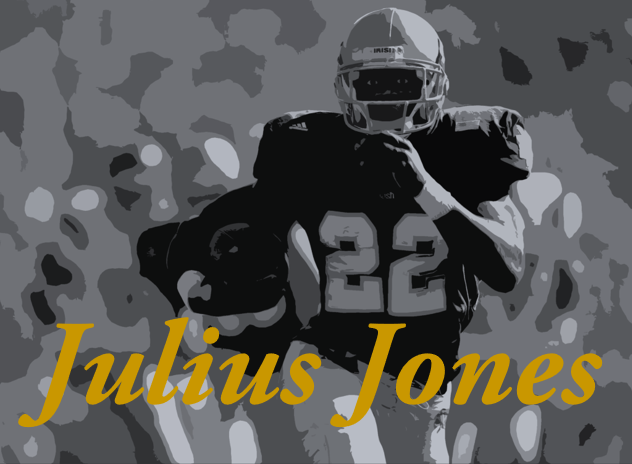
2003 Season: 1,268 Yds 10 TDS 5.5 YPC
I wanted to start Julius Jones not primarily for his 2003 season, which was very good for his standards, but also the lost potential of the 2002 season. We will dive into the offensive line in a future post, but the offensive line was cohesive and a unit of strength going into the 2002 season, which was rare on a team that was dealing with multiple coaching changes, transfer of their “Chosen One” QB, and a sexual assault and rape scandal. Jones could have been the back to anchor the new offense. However, after a school hearing, Jones was dismissed from the school due to the apparent failure of classes in his major of Film, Television, and Theater. Now, Jones would have had to overcome two all-time great seasons in Penn State’s Larry Johnson and Miami’s Willis McGahee, but I think if Jones has almost all of the touches in the backfield behind a unit of an offensive line could have led to an even greater season than 2003.
Who Was Selected
In 2003, Jones actually has a better chance with the number he put up. The RBs that season were Michigan’s Chris Perry and Virginia Tech’s Kevin Jones. Perry, who won the Doak Walker, rushed for 1,674 yards and 18 TDs. He also added 367 receiving yards to put him over 2,000 total yards. Especially when you put them directly head to head Perry seems to have the edge. Perry rushed for 133 yards and 3 TDs plus a receiving TD in an awful 38-0 drubbing in Ann Arbor. Jones rushed for a measly 42 yards. Kevin Jones, on the other hand, rushed for 1,647 yards and 21 TDs. However, the argument could be made that those numbers were in a soft Big East conference that was really in the peak of Miami’s run of dominance. His best game was against Pitt, much like Julius, although was less efficient. Julius had more yards on less carries, showing his true power as a running back. I am less looking back that Julius couldn’t have made a case for his slot, albeit not the strongest Notre Dame player on these lists.
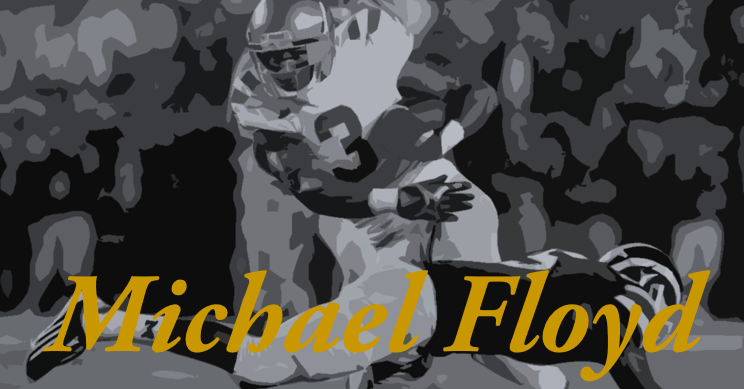
2011 Season: 100 Rec 1,147 yards 9 TDs 11.5 YPC
Michael Floyd coming back for the 2011 season was a surprise to many Irish fans since he appeared to be a high first-round pick in the 2011 NFL Draft. However, Floyd appeared to have other plans to potentially break the Irish through back on the national stage and the hype followed and combined with a schedule that seemed like a BCS bowl was in their future, the Irish faithful were ready for a potential climb back to “relevance.” Then, the USF game happened. Then Under the Lights happened (Here’s the 2012 Extended Highlights to cheer you up after reimagining those games). The Irish would level out the ship somewhat but still finished a disappointing 8-5 during the season. Floyd was one of the lone offensive high points of a unit that struggled through QB changes.
Who Was Selected
Much like the 2010 season (which was also up for consideration), the 2011 All-American WRs went to Oklahoma State’s Justin Blackmon, who was a unanimous selection for the second year in a row, and Oklahoma’s Ryan Broyles. My pitchforks are not going to go towards Blackmon as he was the centerpiece of an offense that made Brandon Weeden look like an NFL prospect despite being almost thirty (all ages approximate). Broyles, on the other hand, finished with 83 catches for 1,157 yards and 10 TDs before going down with an ACL tear in November. Broyles also broke the record for career receptions during this season in a game against Kansas. These circumstances obviously aren’t his fault but I think Floyd has a major case here as he was able to produce the same numbers as Broyles despite having four different Quarterbacks throw balls to him over the course of the season.
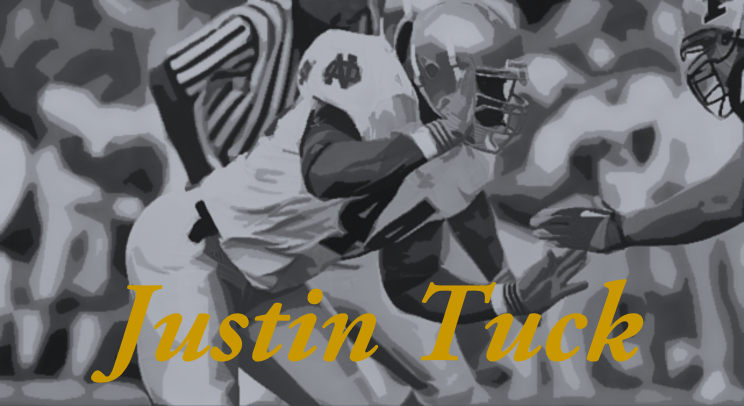
2003 Season: 73 Tkls, 19 TFL, 13.5 Sacks, 2 PD, 3 FF
After being a rotation player on the 2002 defense (which may be one of the most underrated Irish units this century) Justin Tuck really had a chance to flourish in the roles of disruptor on the defensive line. His sack record still stands as the highest single-season output seventeen seasons later. The problem is that this performance was lost in a truly disappointing 2003 season, that saw the Irish come off a top 10 preseason ranking to fall all the way down to 5-6 and losing bowl eligibility to a Syracuse team that needed their win over the Irish to get to .500.
Who Was Selected
The first team All-Americans for that year were Kemechi Udeze of Southern Cal and Dave Ball, who was a unanimous selection, for UCLA. Ball, despite his team’s record of 6-6, finished with even more eye-popping stats. He finished with 59 tackles, 10.5 TFL, and 16.5 sacks and 5 forced fumbles. Udeze was the backbone of the Southern Cal defensive line, finishing with 56 tackles, 26.0 TFL, and 16.5 sacks. While the numbers behind the line of scrimmage seem to indicate Tuck wasn’t quite in their class, the total tackles indicate that Tuck was essentially the first line of defense for the Irish defensive line, unlike Udeze, who had Frostee Rucker and Shaun Cody helping him lock down the defensive line and Rodney Leslie and Mat Ball for UCLA helping their All-American. All four of those guys I mentioned all had more total tackles than the second-highest tackler on Notre Dame’s defensive line. While Tuck never even sniffed these lists during the 2003 season, his stats and his value to the team showed that he assuredly should have.
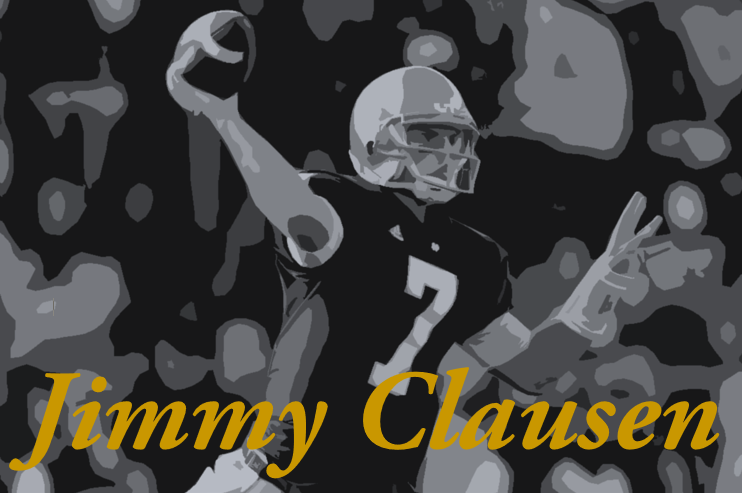
2009 Season: 3,722 yards 28 TDs 4 INTs 68% Completion 8.8 Y/Att
There are plenty of reasons, covered here expertly and extensively, about the failings of the 2009 season and the wasting of Jimmy Clausen as a quarterback. Clausen was the leader of the 5th highest passing offense in the country in 2009 due in part to his connection Golden Tate (we will definitely get to him later on in the series) and his maturity as a Quarterback in Weis’ system and his use of additional emerging weapons such as Michael Floyd and Kyle Rudolph to push the offense closer to the levels Irish fans had hope would be sustained post Brady Quinn.
Who Was Selected
The 2009 season was the one where Colt McCoy and Texas finally broke through after the controversial 2008 Big 12 South race (and quite frankly the 2008 Heisman race) and finished the 2009 season undefeated. McCoy finished with 3,521 yards, 27-12 TD/INT ratio, 70.6% Completions and 7.5 Y/Att. The numbers favor Clausen overall, but as we mentioned with the others above, if your team doesn’t match your output, you need to make sure you stand out. McCoy had been building to this point and a National Championship appearance for four years since taking over for Vince Young and he was not going to be denied.
That concludes part one of the Hall of Fame Series, looking back at the players who attempted to raise their game during middling seasons to no avail. Next time I am going to take a look at the seasons of players on great Irish teams of the past twenty years that also failed to gain first team All-American recognition and explore those circumstances. Among them include an unlikely All-Purpose candidate and a twice passed over player that, per the College Hall of Fame requirements, will never be recognized as the peak players they were.

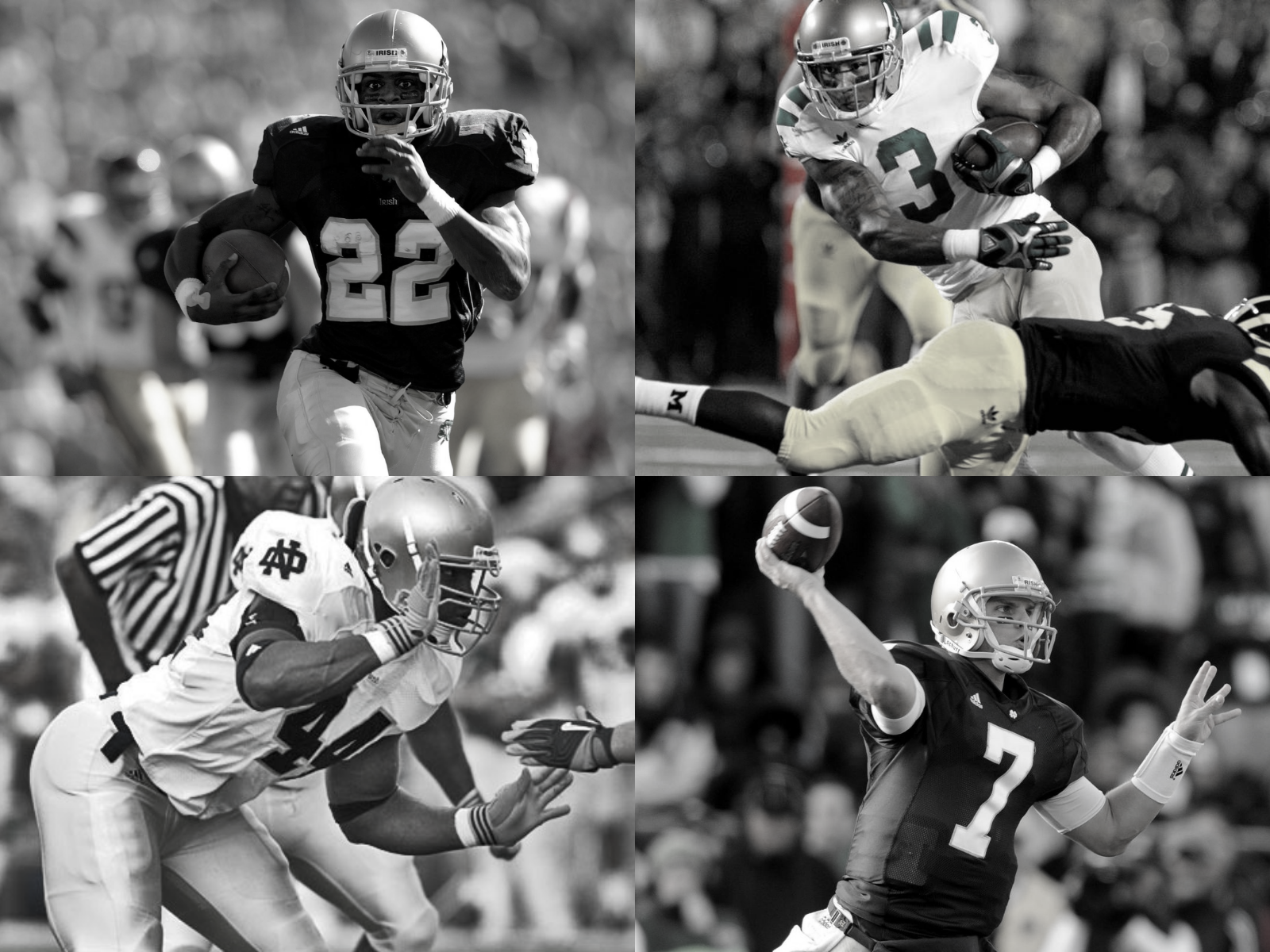
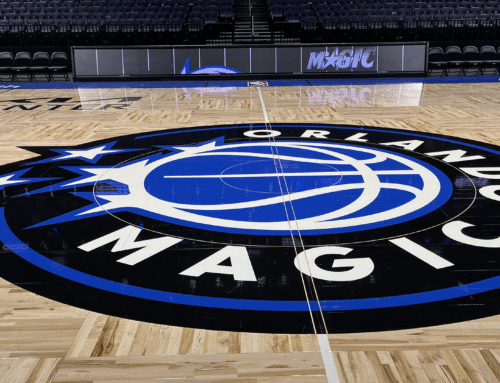

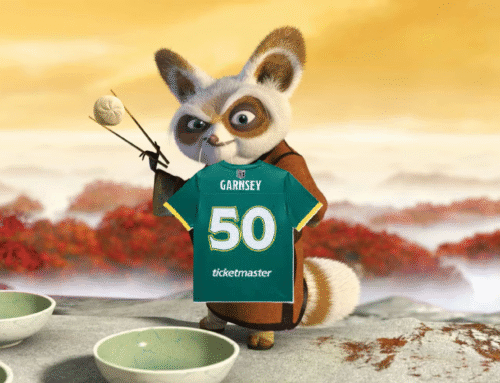
Man, it still hurts to think how wasted Clausen was. In the 6 losses that season, he threw for 15 TDs, 2 INTs, 66%, 7.9 YPA, 333 Yards per Game, and 3 rushing TDs. He was fantastic that season
The defense gave up 33 points per game in those losses. We rushed for 98 yards per game in those losses. We had 60 yards on 3 yards per carry against Navy. Navy!